By Katherine Papadopulos
Interactive, friendly design is the name of the game. Understanding the audience for which an application is created is the goal – and designing empathically leads to higher profits as well. In many mobile applications, you may notice progress bars, interactive elements such as progress checks, and intuitive icons to help the user navigate the app. Every aesthetic or mechanical element that aids in making an application more accessible helps to support the empathic design mission. Here are some of our favorite apps that feature sleek and empathic user interfaces:
Noom
Noom is a psychology-based weight loss program with a focus on food ranks – based on the simple concept that green means “go” and red means “stop”. Through the process of gamification, or bringing gaming elements into non-gaming apps, Noom offers daily quizzes to check your progress and interactive articles that teach healthy habits.
To increase the chance of long-term success, this app boasts positive reinforcement from nutritionists and health professionals – countering the temporary solutions that many other mainstream diets offer. The app is user-friendly and utilizes visual progress markers to signify when a step of the program is complete. Progressive disclosure shows the user only necessary information to keep each step clear and understandable. To aid in conveying their mission, Noom also makes use of fruit and vegetable names in their creatively worded success screens:
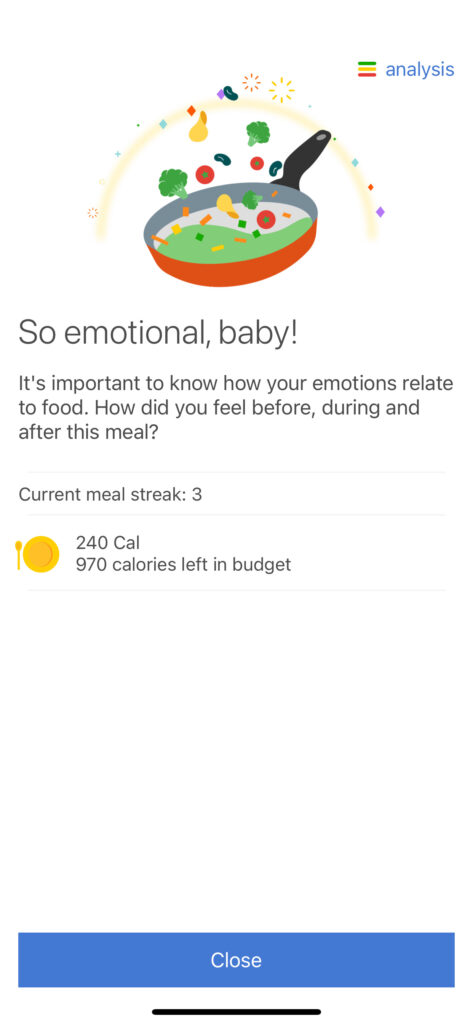
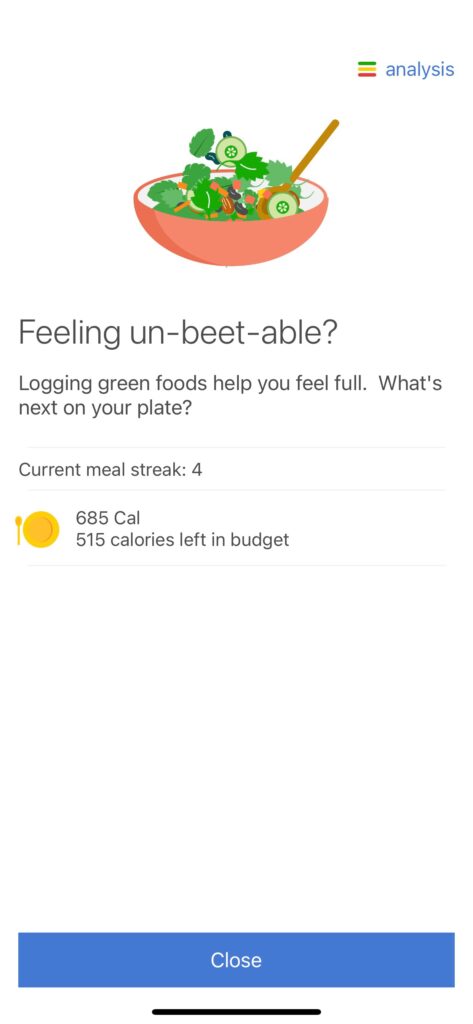

Calm
Calm is a meditation, sleep, and relaxation application that helps tackle mental health issues such as stress, anxiety, insomnia, and depression through music and sleep stories. The gradient interface and calming, cool-toned color palette subconsciously invite the user to focus on de-stressing and mindfulness. Its navigation bar is accessible and simple – providing a seamless user experience with personalized and recommended material in each section of the app.
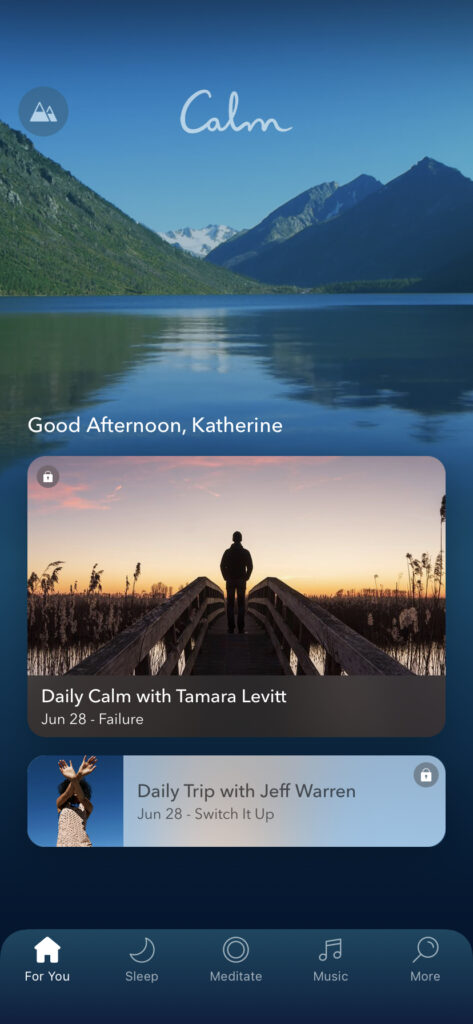
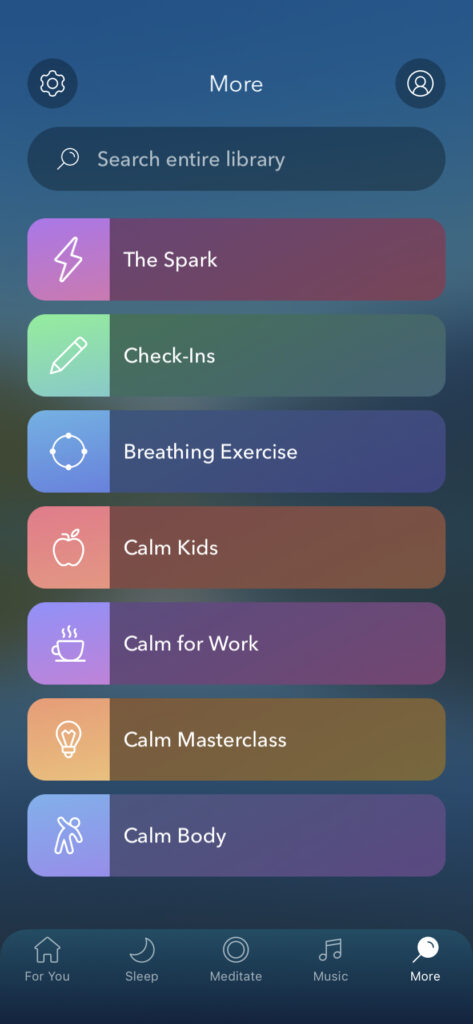
Habit
Habit is an application designed to help you track your habits and to help build new ones. Its user-friendly interface makes it easy to analyze your habits through charts, adding new habits, and customizing their labels and icons. With phrases to motivate you to reach your goals, Habit reminds you daily to complete your goals; it is transparent, free to use, and features no ads.
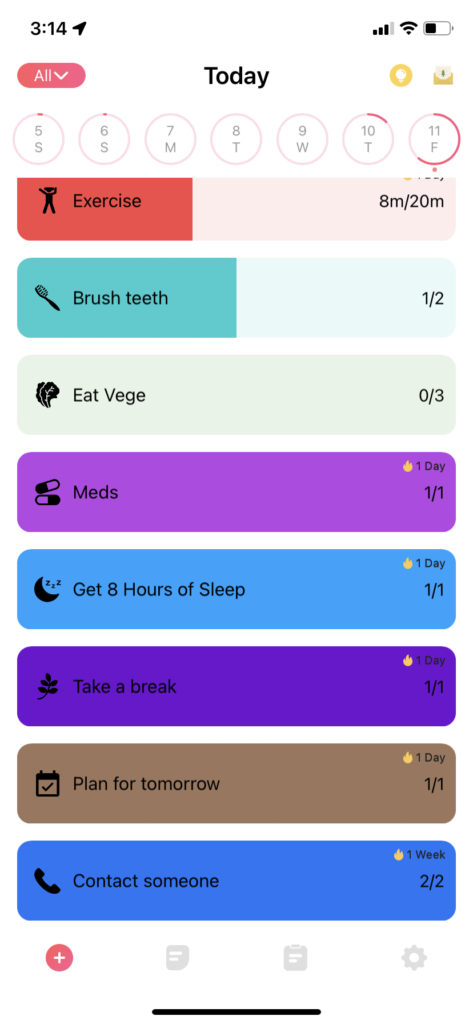
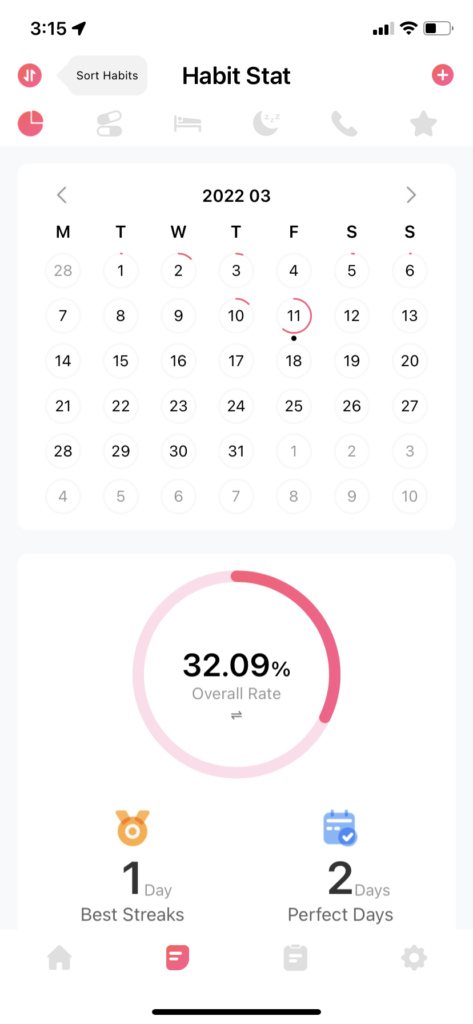
Waze
Waze is a popular social navigation application that uses popups to “alert drivers of traffic, construction…photo-enforced traffic lights, [and] police officers.” The interactive map, navigation voice settings, and its real-time traffic reports and routing updates are all reasons for its growing popularity. This crowdsourced approach allows users to update the application in real-time for disturbances such as potholes, construction, or objects on the road. These notifications prompt users to confirm if these interruptions are still affecting users’ drives. Additionally, directions and disruptions are announced early enough to allow the user time to change lanes before an exit or turn. Waze is the back seat driver you actually want.
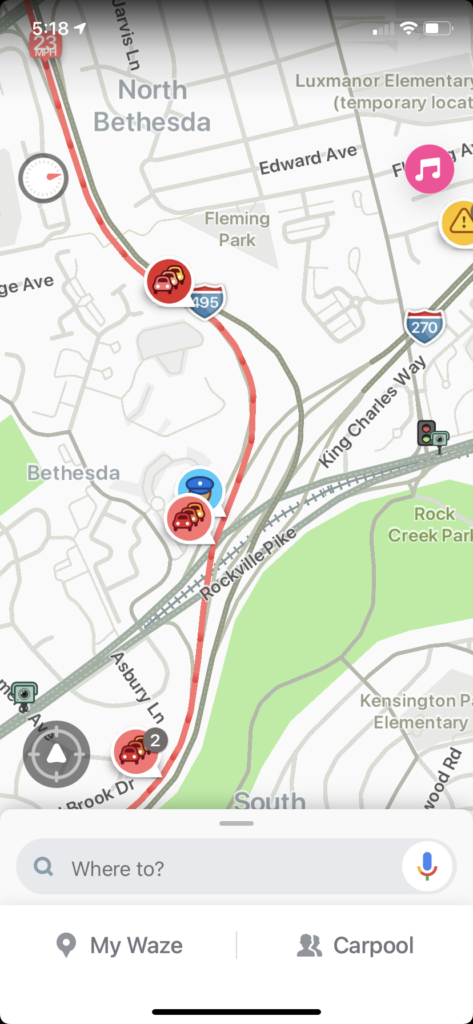
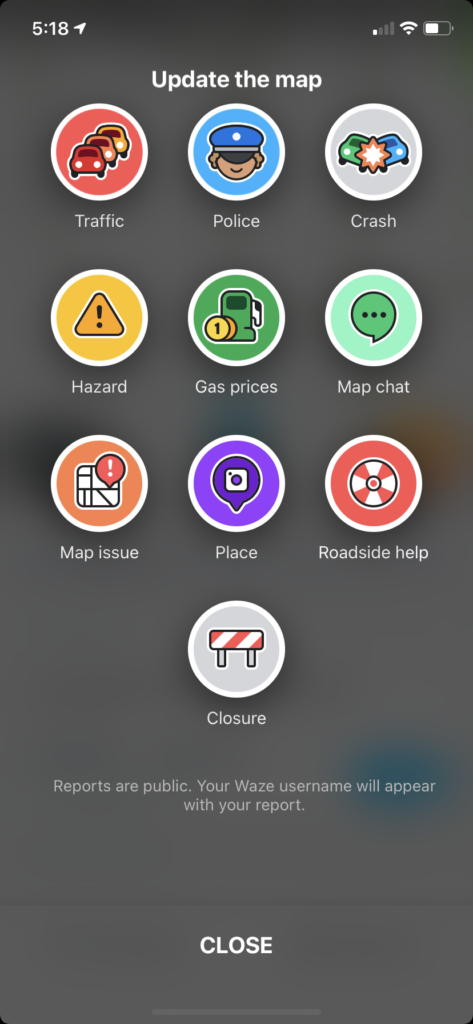
Venmo
Venmo is a social payment platform owned by PayPal that allows users to split payments and send/receive money easily among friends with no additional fees. Creating an account is simple and there are no transaction fees for personal use. In 2021, Venmo redesigned its application to include a section for cryptocurrency and “cards” for users who possess the Venmo debit card – which is linked to their balance within the app. Its classic color palette makes it easy to navigate – and they have implemented the opportunity for users to incorporate emojis and gifs when sending/requesting money, which makes the user experience more interactive and fun. The term “Venmo” is now even used as a regular verb; “Can you Venmo me?” and “I just Venmoed you for gas!” are two phrases that I have used too many times to count!
The transactions are limited to $6,999.99 per week and there is a $4,999.99 limit between two users in a week. Additionally, both users must live within the United States and must verify their accounts to obtain this limit- otherwise, it’s only $2,999.99 per week.
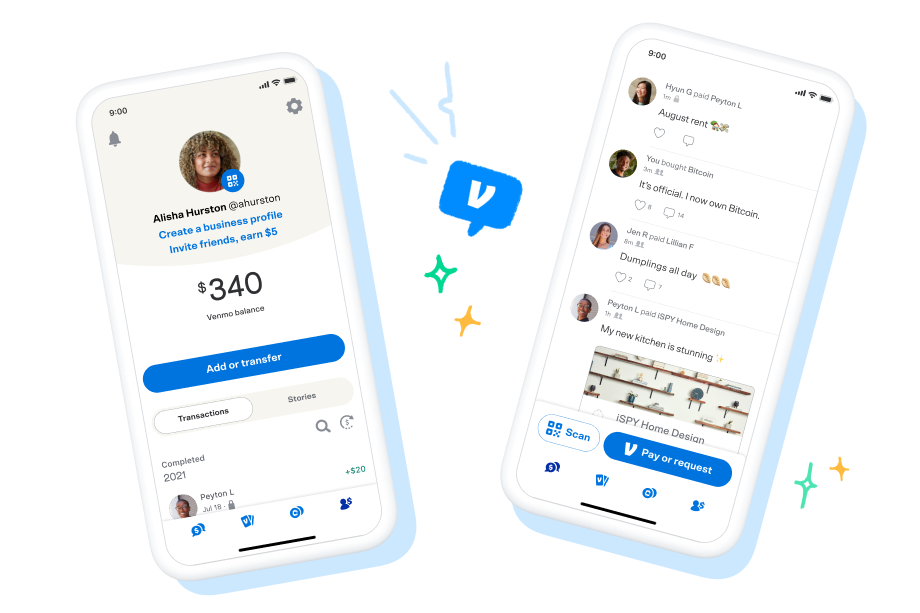
Airbnb
Airbnb has taken the hospitality industry by storm! Its user-friendly platform extends a global experience to consumers through vacation rentals and tourism activities. Airbnb offers a welcoming and accessible experience for the global community and can oftentimes be cheaper than hotels. It allows users to immerse themselves into new cultures and places by offering a more authentic living experience. Many people have seized this unique opportunity by renting out part of their house, buying a property to list on Airbnb, or by hosting experiences as forms of supplemental income.


Duolingo
Duolingo is a free application that allows users to learn over forty languages. Its gamified user experience helps to keep the attention of users as they complete levels and gain points by mastering new languages. Some user-friendly features include progress bars that show your percentage of fluency in the language of your choice, simple success screens, and daily goals to keep you on track with the program. It incorporates intuitive sound effects, voice lessons, and cartoon characters to keep users engaged and encourage learning.
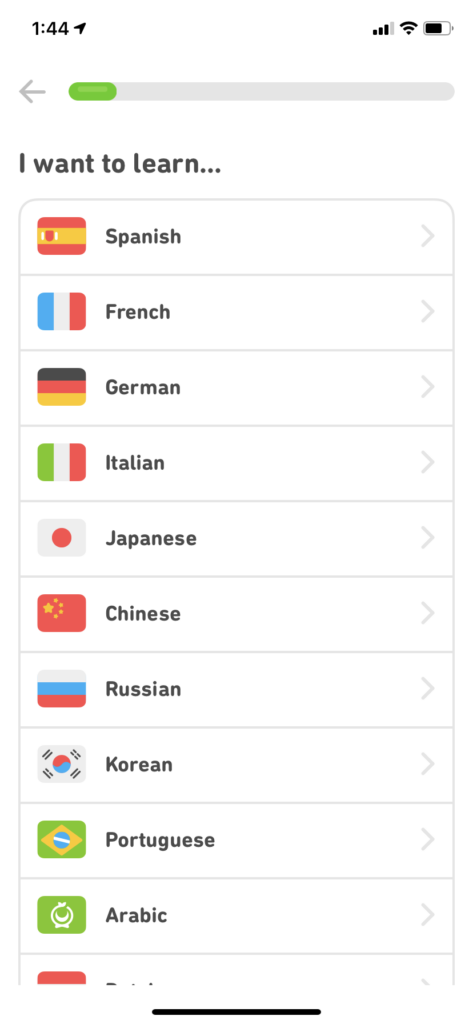
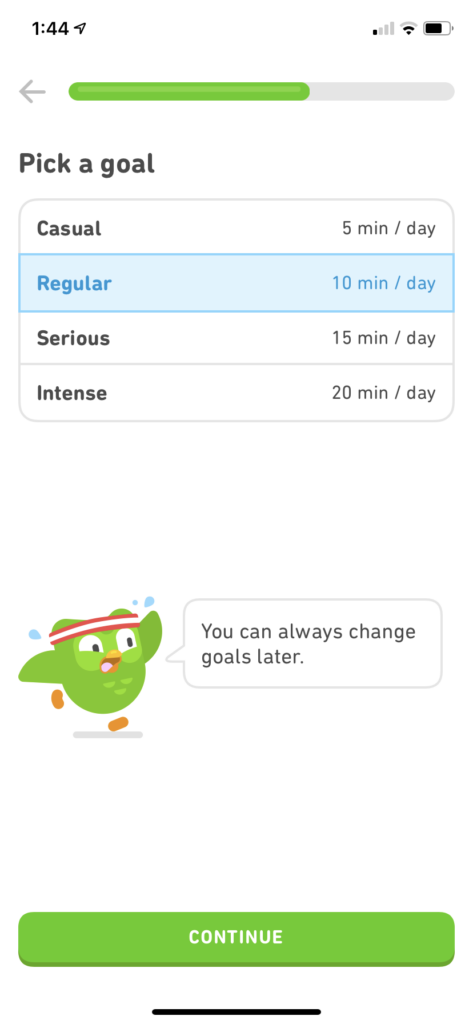

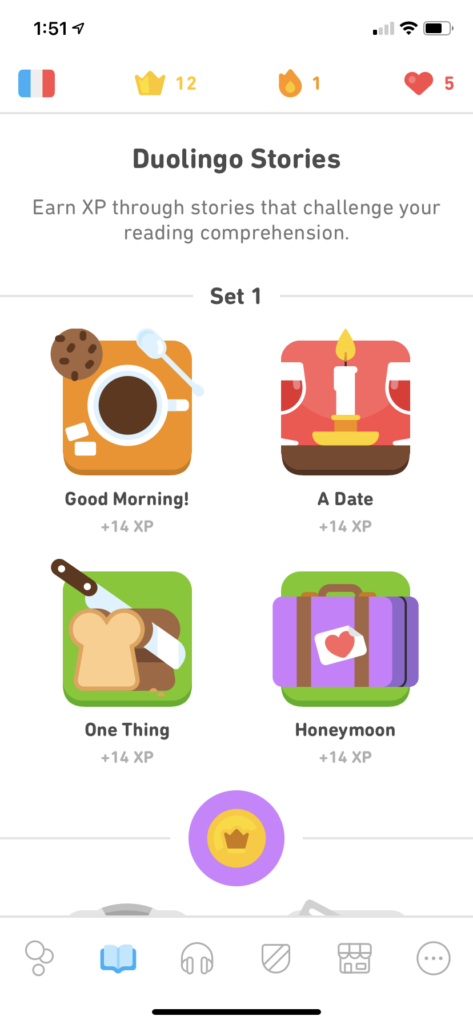
Conclusion
These applications are all examples of design that prioritize empathy for the user. The goal is to be mindful, transparent, pleasing, easy, and in the user’s head – the founding principles of empathic design: The Five Precepts. With these qualities in mind, companies can work towards creating more user-friendly applications and designs.
In order to design an empathic application, we recommend designing an intuitive user interface- one that takes the guesswork out of its use. Use the following points to guide your application’s development:
- Keep your audience in mind and perform market research to fully understand their reason for using your application,
- Solve a problem to provide unique value to your users, and
- Stay up-to-date with the latest UI trends to ensure the application is user-centric and empathic.







